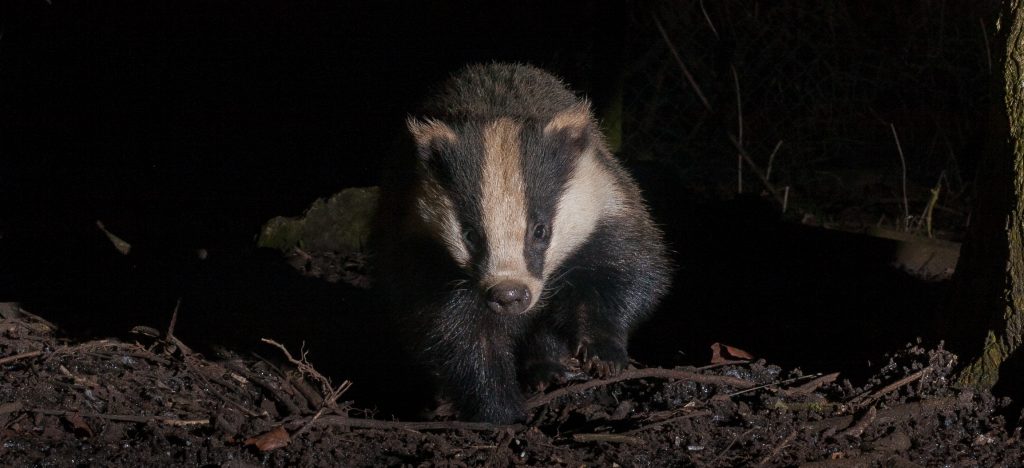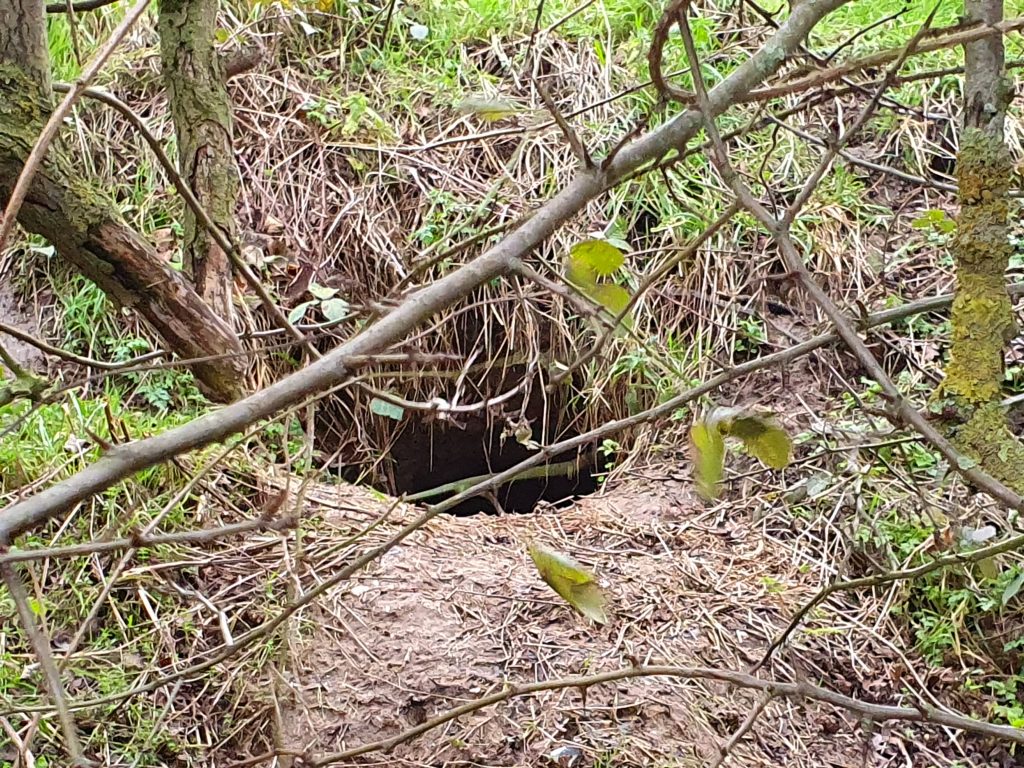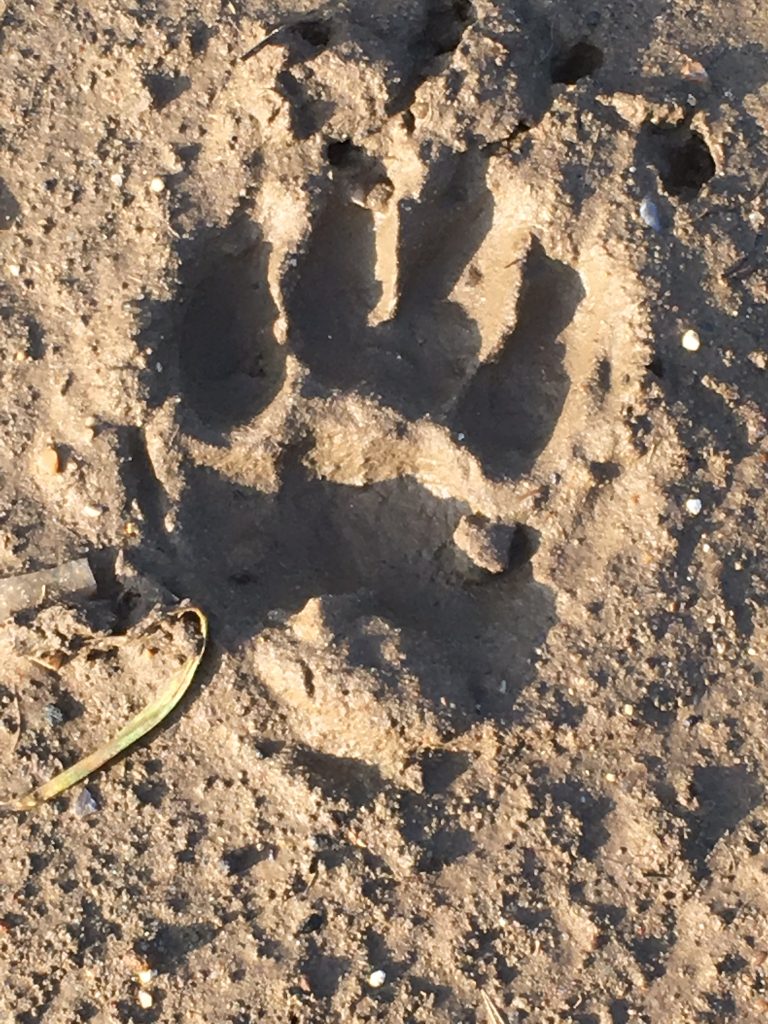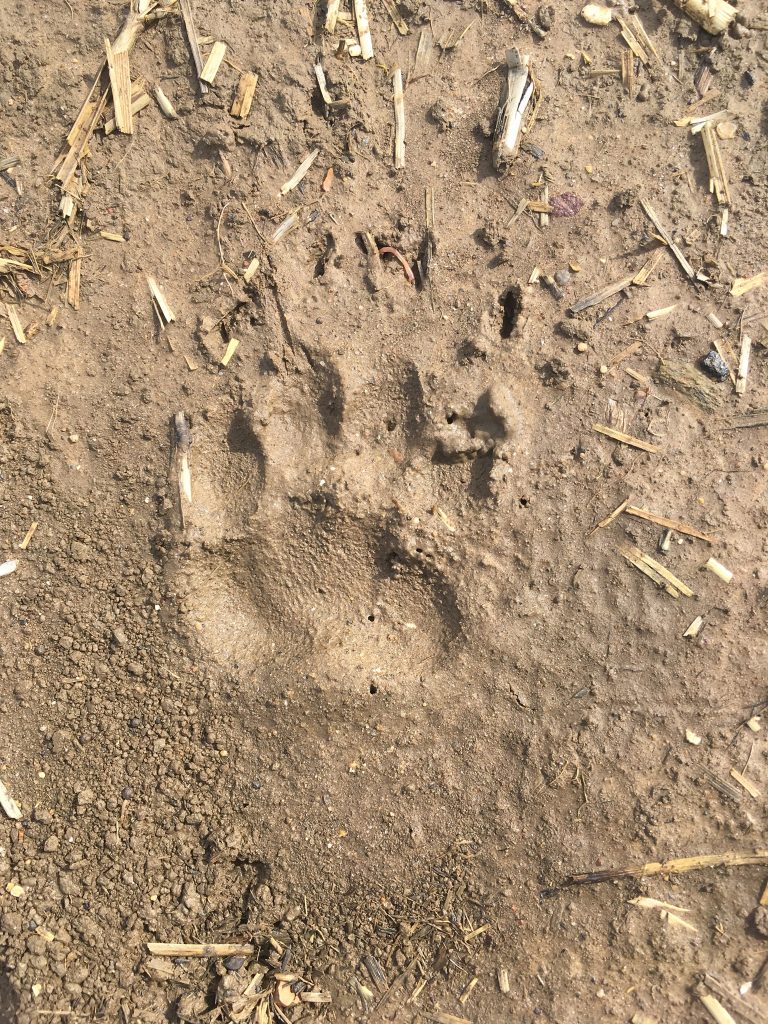An Ancient Briton, the Eurasian Badger has been resident in the British Isles since the Ice Age. They are a Keystone species and play a crucial role in the ecology of our countryside.
Badgers belong to the Mustelidae group of mammals which include Otters, Pine Martens, Stoats, Pole Cats and Weasels. They are nocturnal and live in family groups called Clans.
Badgers live in setts which can consist of just a single entrance or multiple entrances and a series of underground chambers and tunnels. Some setts are known to be hundreds of years old.
Female badgers are known as sows, males are known as boars and baby badgers are known cubs. Cubs are usually born mid February and litter sizes are usually between one and five cubs. At around 12 weeks the cubs begin to emerge from the setts.
Badgers are opportunistic carnivores who eat a wide variety of foods. Their favourite food is earthworms, with an adult badger consuming around 200 in a single night!

Badger Field Signs
Badger setts consist of tunnels, usually with entrances which are larger than those used by rabbits. Badgers prefer soils which are easy to dig, with sandy soil being favoured. Setts are often found in or near woodlands and hedgerows, however they can be found in a variety of habitats.
Below are photos of a sett in clay soil taken in winter. This is often the best time to look for setts, as there is less vegetation.
Outside of the sett it is possible to see spoil heaps, bedding, badger paw prints, hairs and latrine pits. There will often be evidence of well used paths around the sett entrances.
Below are examples of what a badger paw print looks like.



